There are several situations in which Adobe calls a signer's certificate invalid even though apparently it is valid; in the case at hand in particular:
- Key usage or Extended key usage values not appropriate
- PAdES signature misses an ESS signing-certificate-v2 attribute
Key usage or Extended key usage values not appropriate
This is based on the information the OP first published as an answer
I tried below code still the pdf says Signature is invalid. Can you please check the code,
[...]
I have attached the pdf . Pdf file created
Indeed, Adobe Reader says the signature is invalid, but look more closely:

It says "Document has not been modified since this signature was applied" - This means that the signature is mathematically correct!
The issue is that the "Signer's certificate is invalid", and the reason for this can be seen when digging into the signature property dialogues:

Thus, the problem is that your signer certificate is Not valid for usage.
This is due to the highlighted attribute, while the Key Usage Digital Signature is ok, the "Extended key usage" 1.3.6.1.5.5.8.2.2 (OID for IPSEC Protection) is not!
According to the Adobe Digital Signatures Guide for IT, Adobe Acrobat accepts only
Due to its IPSEC Protection extended key usage value, therefore, your certificate is not considered valid for signing PDF documents.
This probably only is an issue in legacy ISO 32000-1 signatures, probably not in PAdES signatures.
PAdES signature misses an ESS signing-certificate-v2 attribute
This is based on the information the OP first published as an answer
I have created 2 pdf files, PDFA is signed using the digest of the pdf content with below code,
[...]
PDFA
PDFB is created with the same private key and certificate, but instead of digest I am using pdf document content directly which gives me valid signed pdf, PDFB code below,
[...]
PDFB
I think something is missing in the signing part of PDFA which I couldn't figure out.
Here the main difference is not whether you explicitly calculate the hash yourself or allow it to be calculated implicitly, the main difference is that the signature in PDFB includes an ESS signing-certificate-v2 attribute while the one in PDFA does not. This attribute is generated between
//PAdES - PDF Advanced Electronic Signature
and
//PAdES-end
As the comments already hint, this is only necessary for PAdES signatures, not for legacy ISO 32000-1 ones. The answer the OP took his original code from referred to creating a legacy ISO 32000-1 signature (and, therefore, works alright) while the OP creates a PAdES signature.
The presence of an ESS signing certificate attribute is required by the PAdES specification ETSI EN 319 142-1:
e) Generators shall use either the signing certificate or the signing-certificate v2 attribute, depending on the hash function, in accordance with ETSI EN 319 122-1.
(ETSI EN 319 142-1, section 6.3 PAdES baseline signatures)
It references the CAdES specification ETSI EN 319 122-1 which in turn requires
h) Requirement for SPO: ESS signing-certificate. The ESS signing-certificate attribute shall be used if the SHA-1 hash algorithm is used.
i) Requirement for SPO: ESS signing-certificate-v2. The ESS signing-certificate-v2 attribute shall be used when another hash algorithms than SHA-1 is used.
(ETSI EN 319 122-1, section 6.3 Requirements on components and services)

